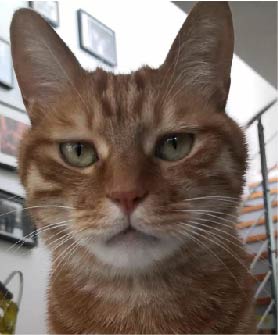Deeply conserved vertebrate nuclear architecture and rapidly evolving mammalian chromosomes revealed by reconstruction of ancestral amniote genomes

报告开始:2022年07月23日 14:20 (Asia/Shanghai)
报告时间:20min
所在会议:[E] 张贴报告 » [E] 张贴报告
摘要
Amniotes exhibit a great interspecific diversity of chromosome number and syntenic order during their 310 million years’ evolution. Previous efforts of reconstructing the ancestral karyotypes to infer the amniote chromosome evolution process suffered from using mostly scaffold-level fragmented genomes or the lack of key species at certain lineages. Here, we used 11 amniote and three outgroup species to reconstruct the 32 ancestral linkage groups (ALGs) of mammalian ancestor, and infer a total of 42 and 43 ALGs of reptile and amniote ancestors. Comparison of the reconstructed ancestral chromosomes to the extant species uncovered that the mammals exhibit extensively more intra- and inter-chromosome rearrangements than that of reptiles, with a constant pattern characterized by the fission of macrochromosomes and the fusion of microchromosomes across the amniote species. Unlike the dominant interchromosomal changes occurring among microchromosomes in reptiles, extensive rearrangements had occurred between ancestral macro- and micro-chromosomes. The chaotic changes in mammals had dramatically rearranged the chromosomal syntenic orders, as well as the spatial architectures compared to the ancestors. Despite that, most eutherian mammals, including human and mouse, have largely retained ‘bird-like’ spatial chromosome organization that the majority of ancestral microchromosome-originated sequences, even relocated to the large chromosomes, remained to be closer to the nuclear interior and have significant interchromosomal interactions in between. This process could be associated with the SINE Alu/B1 elements. We further found this nuclear architecture is driven by the organization of eu- and heterochromatin which is deeply conserved even in the invertebrate species. Our results provide novel insights into the sequence and spatial evolution of amniote chromosomes.
发表评论